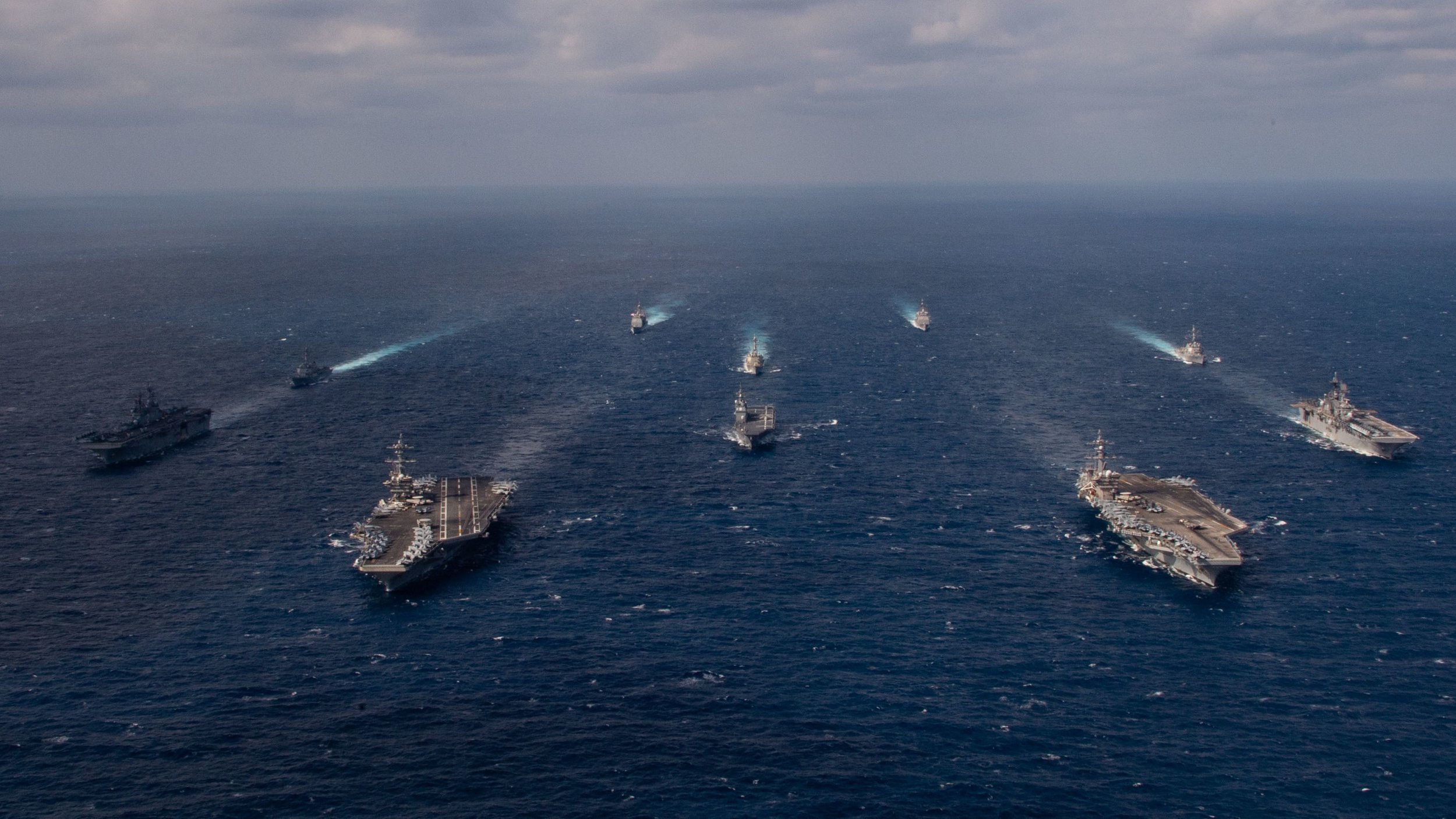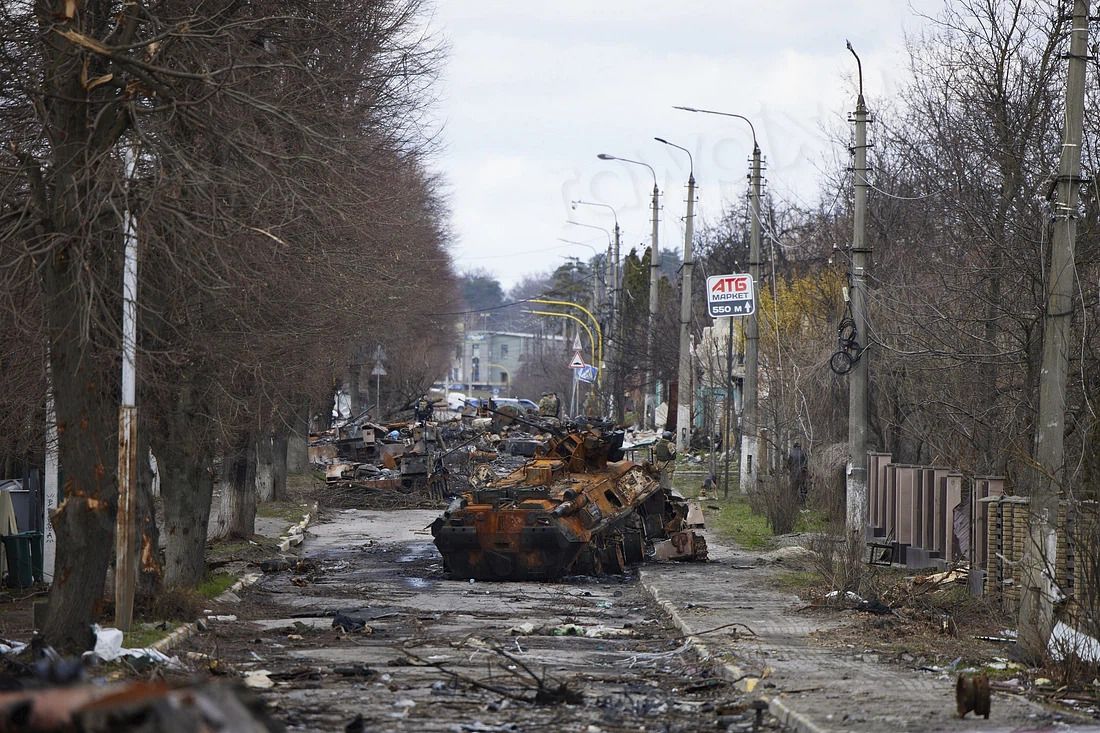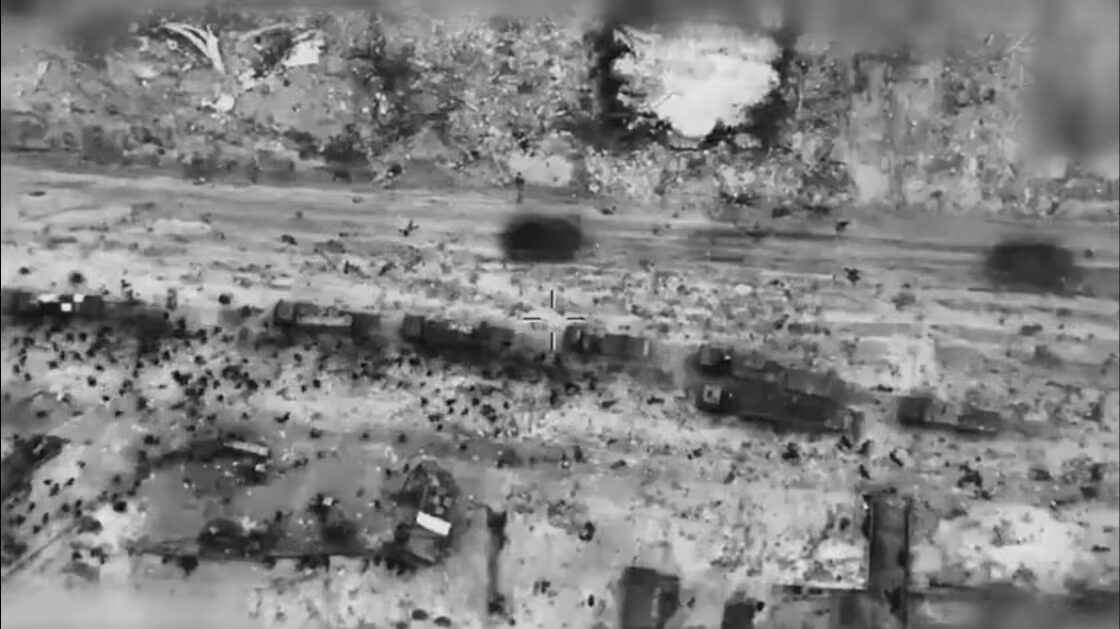In a show of force, likely timed to coincide with the inauguration of the new president of Taiwan, and the end of the Lunar New Year in China, the Pentagon is set to deploy 5 of the 11 aircraft carriers in the American Navy to the waters of the Western Pacific.
This will include the USS George Washington, Theodore Roosevelt, Ronald Reagen, Abraham Lincoln, and Carl Vinson, which are stationed around the Pacific from Guam, Japan, Hawai’i, and California.
Also to line up roughly with this set of dates will be a visit from serial China hawk and US Congressman Mike Gallagher (R – WI) to Taiwan to meet with the president-elect Willian Lai Ching-te on February 21st. Gallagher, who chairs the US House Select Committee on the Chinese Communist Party, will bring 7 other US lawmakers with him.
The visit of both the men and the ships will probably take place a week either side of the passage of a massive foreign military aid bill that’s currently being haggled for in Congress that includes several billion dollars to stockpile weapons in Taiwan.
Think tank analysts told the South China Morning Post that the carrier deployments are a “strong signal of deterrence” meant to demonstrate to Beijing that despite being committed to the genocide in Gaza and the defense of Ukraine, the US can remain “focused on the priority theatre”.
According to the US Navy 7th Fleet, the exercise was intended “to strengthen maritime integrated-at-sea operations and combat readiness,” said Rear Admiral Christopher Alexander, aboard the USS Theodore Roosevelt. “Being able to consistently conduct complex operations such as this demonstrates the inherent flexibility of the US Navy to operate whenever and wherever we choose, giving our nation and allies flexible options for deterrence and defense”.
On the question of deterrence, it’s important to examine the recent historical record, as it shows that the US military’s deterrence efforts either fail to deter negative behavior, such as with sanctions military training exercises near North Korea, or end up being perceived as a provocation, such as the attempts to integrate the military and state apparatus of Ukraine into NATO. Even the most hawkish observers would have to admit that in both of these critical cases, the deterrence of the United States, developed under multiple presidencies, has been a failure.
SCMP heard from analysts from the Center for International and Strategic Studies, which last year published a study based on a series of war gaming simulations that sought to quantify the cost of an attempted American defense of Taiwan. The result was that the US lost two to three carriers and thousands of sailors as a result, among other assets. These capital ships are extremely vulnerable, and while no conflict has been able to prove for sure—may already be a defunct piece of military technology based on the sophistication and cost reductions of cruise missiles.
A smart missile costing a few million dollars has a very real chance of sinking a carrier, which costs billions, takes years to build, holds billions in combat aircraft, and must be manned by thousands of seamen. The risk-to-reward ratio in these conditions is simply intolerable for any commander fighting on behalf of another nation’s security, and so the conglomeration of these carriers doesn’t represent true force projection as much as they represent a terrible trip wire in the case of an unintended initiation of hostilities, which is always the biggest risk with these training exercises or shows of force. WaL
PICTURED ABOVE: The Nimitz-class aircraft carrier USS Abraham Lincoln and its strike group transit the Philippine Sea on January 22nd, 2022. PC: US Navy, Mass Communication Specialist Seaman Larissa T. Dougherty



